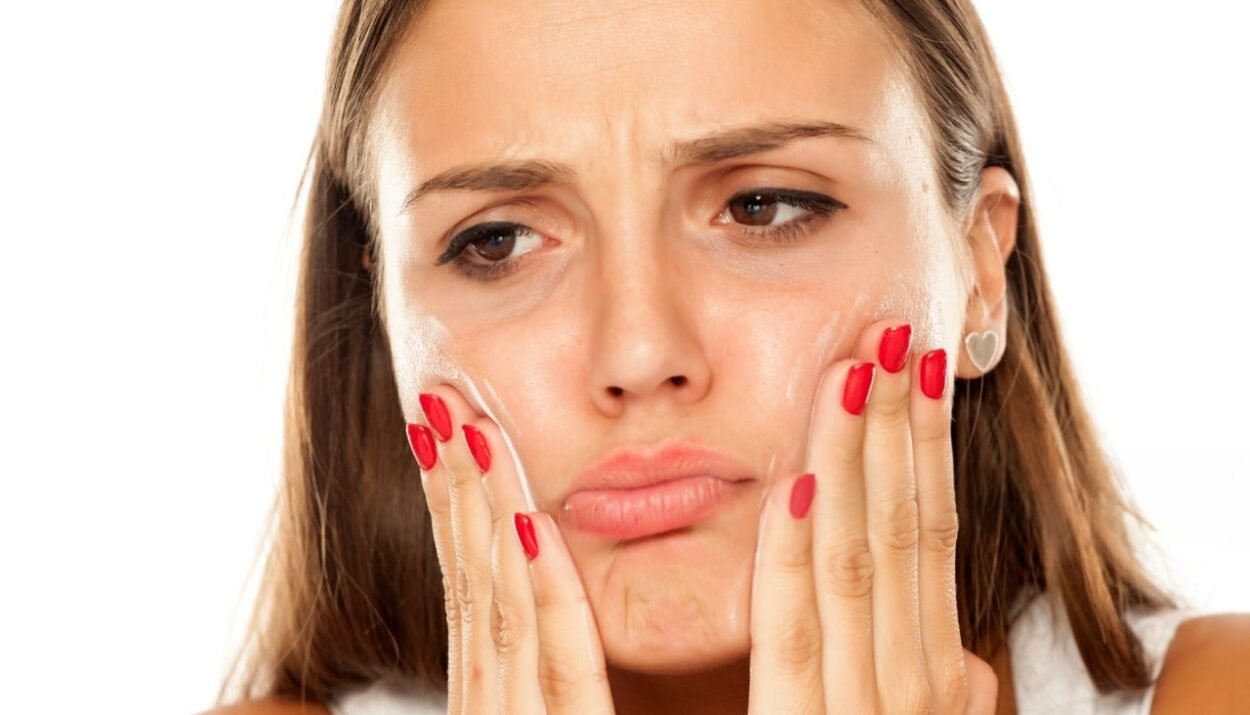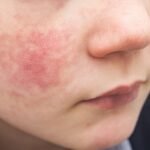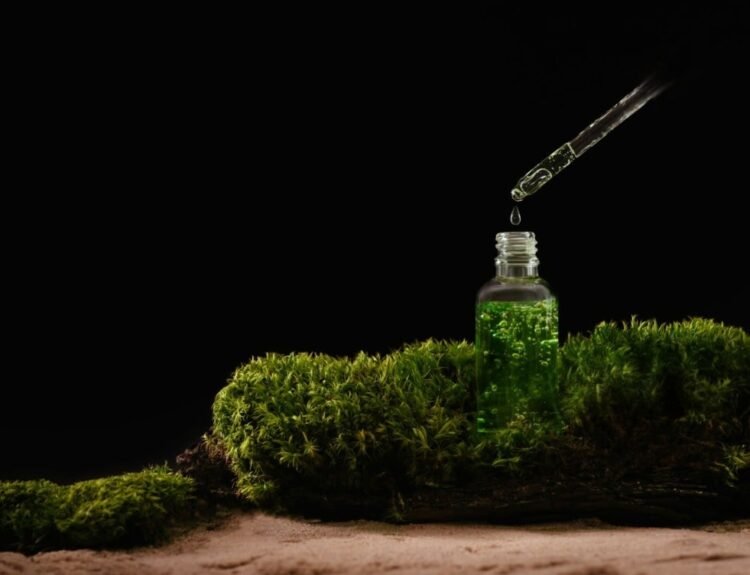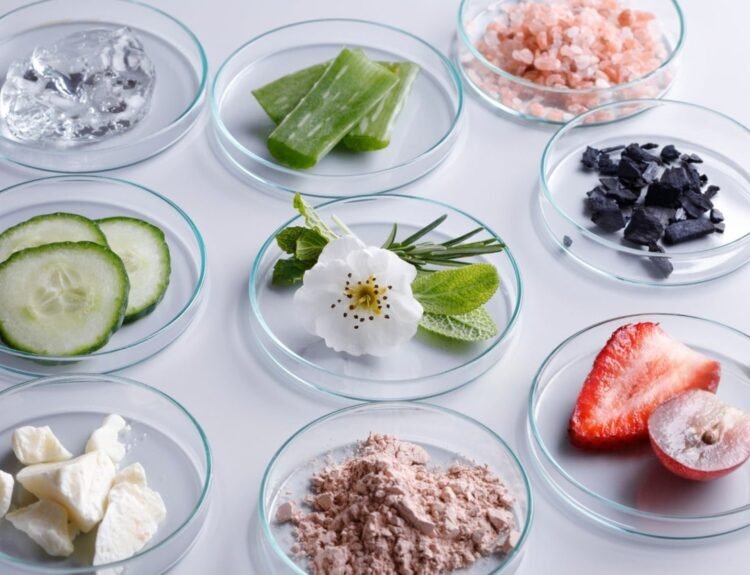A healthy skincare routine starts with cleansing—but what if your cleanser is doing more harm than good? While cleansing is essential to remove dirt, oil, and makeup, using the wrong product can lead to a damaged skin barrier, causing dryness, sensitivity, breakouts, and more.
In this article, we’ll explore how to identify if your cleanser is damaging your skin barrier, the science behind the skin barrier itself, and how to restore it with skin-friendly choices.
Understanding the Skin Barrier
Your skin barrier, also known as the stratum corneum, is the outermost layer of your skin. It consists of tough skin cells (corneocytes) held together by lipids (fats). This layer acts as your body’s first defense against environmental aggressors, bacteria, and moisture loss.
When your skin barrier is healthy, your skin appears smooth, hydrated, and resilient. But when it’s compromised, it can become flaky, red, and prone to breakouts.
Why Cleansers Matter So Much
Cleansers are formulated to remove impurities, but some contain harsh surfactants or stripping agents that not only clean your skin but also strip away its natural oils and moisture—leading to a compromised skin barrier.
This is why choosing the right cleanser for your skin type is crucial. If you’ve noticed changes in your skin, your cleanser might be the culprit.
10 Signs Your Cleanser May Be Damaging Your Skin Barrier
1. Tightness or Dryness After Cleansing
If your skin feels tight or squeaky-clean after washing, it’s likely your cleanser is stripping away essential lipids. This tightness is not a sign of cleanliness—it’s a red flag that your skin’s moisture balance is disturbed.
Try using a pH-balanced cleanser that supports the skin’s natural barrier instead.
2. Increased Sensitivity or Burning Sensation
Do you feel a burning or stinging sensation after cleansing, especially when applying other products? That’s a sign your skin barrier might be compromised.
Sensitive skin that reacts to products is often the result of over-cleansing or using aggressive ingredients like sulfates or alcohol.
3. Frequent Redness or Inflammation
Persistent redness could indicate chronic irritation from your cleanser, especially if you have rosacea or sensitive skin.
Avoid formulas with artificial fragrances, alcohol, or high concentrations of exfoliating acids, as these can worsen redness.
4. Flaky or Peeling Skin
Peeling skin isn’t always a result of sunburn—it can happen when your cleanser is too drying and causes your skin to shed excessively.
Look for a hydrating cleanser with ceramides or glycerin to help replenish lost moisture.
5. Breakouts or Acne Flare-Ups
Ironically, using a harsh cleanser can lead to more breakouts, not fewer. When your skin is stripped of its natural oils, it may overproduce sebum to compensate, resulting in clogged pores and acne.
A gentle, non-comedogenic cleanser is ideal for acne-prone skin.
6. Itchy Skin or Rashes
An itchy, uncomfortable sensation after cleansing may indicate an allergic reaction or irritation. Harsh preservatives, synthetic fragrances, and dyes can all be irritating for sensitive skin types.
If you’re dealing with itchy skin, it may be worth switching to a hypoallergenic cleanser.
7. Visible Cracks or Micro-Tears
Over time, a damaged barrier can result in visible micro-tears, particularly around areas like the nose and mouth. These small cracks are signs your skin’s integrity is compromised.
Healing ingredients like niacinamide and panthenol can help restore the skin’s protective layer.
8. No Improvement in Skin Concerns
If your skin concerns (acne, dullness, rough texture) aren’t improving despite following a routine, your cleanser could be undermining the progress.
Consider switching to a barrier-repairing skincare routine that includes a gentle cleanser, hydrating toner, and ceramide-rich moisturizer.
9. Reaction to Water Alone
If even water stings your face after cleansing, your skin barrier may be severely compromised. This is a strong indicator that your cleanser is too harsh or being used too frequently.
Try cleansing only once daily at night, and rinse with water in the morning.
10. Makeup Doesn’t Sit Well
When your skin barrier is healthy, makeup glides on smoothly. If your foundation is flaking or your skin looks textured, your cleanser might be disrupting your skin’s natural surface.
Restore hydration with a moisture-replenishing skincare routine to improve texture.
What Ingredients to Avoid in Your Cleanser
Not all cleansers are created equal. Here are some ingredients that may damage the skin barrier:
- Sodium Lauryl Sulfate (SLS) – Strong surfactant known to strip natural oils
- Alcohol (denatured alcohol) – Extremely drying
- Fragrance (Parfum) – Can trigger allergic reactions and irritation
- High pH formulas – Alkaline cleansers disrupt the skin’s acidic pH
Instead, opt for formulas that contain:
- Glycerin – Hydrating humectant
- Ceramides – Lipid molecules that strengthen the barrier
- Niacinamide – Supports skin repair and calms inflammation
- Panthenol – Soothes and softens skin
How to Repair a Damaged Skin Barrier
If you suspect your cleanser is the problem, the first step is to stop using it immediately and replace it with a barrier-friendly cleanser. Then, follow a minimalist routine to promote healing.
1. Use a Gentle, Hydrating Cleanser
Look for sulfate-free cleansers labeled “gentle,” “hydrating,” or “barrier repair.” These are typically formulated to cleanse without stripping.
Read more about how hydrating cleansers benefit sensitive skin
2. Moisturize Right After Cleansing
Apply a moisturizer while your skin is still slightly damp to lock in hydration. Look for products with ceramides, hyaluronic acid, and squalane.
3. Avoid Over-Exfoliation
Exfoliating too often—especially with physical scrubs or strong acids—can worsen barrier damage. Limit exfoliation to once or twice a week.
4. Protect Your Skin from the Sun
UV rays can further damage a compromised skin barrier. Use a broad-spectrum SPF 30+ daily, even on cloudy days.
Explore dermatologist-approved sunscreen options here
5. Simplify Your Skincare Routine
Stick to a basic routine: gentle cleanser, soothing moisturizer, and sunscreen. Avoid layering multiple actives like retinoids, acids, and peels while your skin heals.
Conclusion
Your skin is always communicating with you. If it feels dry, red, inflamed, or just uncomfortable after washing, it’s time to rethink your cleanser. The goal of cleansing is not just to remove impurities—but to do so without harming the skin’s natural defenses.
By choosing a gentle cleanser and listening to your skin’s signals, you can support a strong, resilient skin barrier that looks and feels its best.








